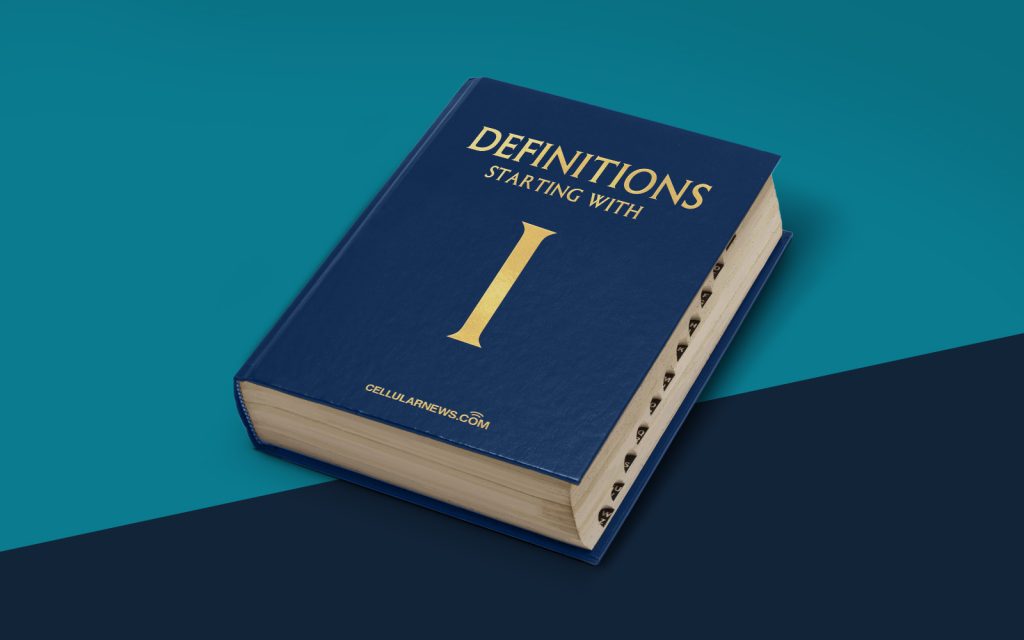
In-Betweening: Unveiling the Art of Smooth Motion
Have you ever wondered how animators bring those mesmerizing and seamless movements to life on your screen? The answer lies in a technique called in-betweening. In this article, we dive deep into the world of animation to explore what in-betweening is all about. So, let’s buckle up and get ready for an exciting journey!
Key Takeaways
- In-betweening is a technique used in animation to create smooth transitions between keyframes.
- Interpolation and morphing are utilized to craft the additional frames required for in-betweening.
Understanding In-Betweening
In-betweening, also known as tweening, is a technique used in animation to fill in the gaps between keyframes. Keyframes are specific frames that represent the starting and ending points of a motion or animation sequence. The in-between frames are then created to achieve a smooth transition between these keyframes.
When implementing in-betweening, animators utilize various techniques, such as interpolation and morphing, to create the illusion of continuous movement. By carefully crafting these intermediate frames, animators bring dynamic motion and fluidity to their animations.
The Magic Behind In-Betweening
Now that we’ve established what in-betweening is, let’s uncover the magic that happens behind the scenes. Here’s a breakdown of the process:
- Defining Keyframes: Animators start by identifying the keyframes, which represent the starting and ending points of the animation. These frames capture the essence of the motion and define the major poses or positions within the sequence.
- Creating Intermediate Frames: Once the keyframes are in place, it’s time to fill in the gaps. Animators create the in-between frames, incrementally moving the object or character from one keyframe to the next. These additional frames help to simulate a smooth and natural motion.
- Refining the Animation: After generating the in-between frames, animators review and refine the animation to ensure accuracy, fluidity, and consistency. They scrutinize the details, adjusting the timing, easing, and positioning, to create a seamless flow of movement.
It’s the meticulous attention to detail, combined with the understanding of physics and motion, that allows animators to achieve that elusive sense of realism in their animations. In-betweening is truly an art form that brings life to the inanimate.
So, the next time you watch your favorite animated movie or marvel at a captivating commercial, take a moment to appreciate the awe-inspiring efforts invested in crafting those in-between frames. It’s the in-betweening that adds that touch of magic to the world of animation.
Conclusion
Now that we’ve unraveled the wonders of in-betweening, you have a newfound appreciation for the art behind smooth motion in animation. In-betweening allows animators to bridge the gap between keyframes, resulting in captivating, lifelike animations. So, the next time you see a perfectly fluid animation, you can proudly say, “Ah, that’s the magic of in-betweening!”
